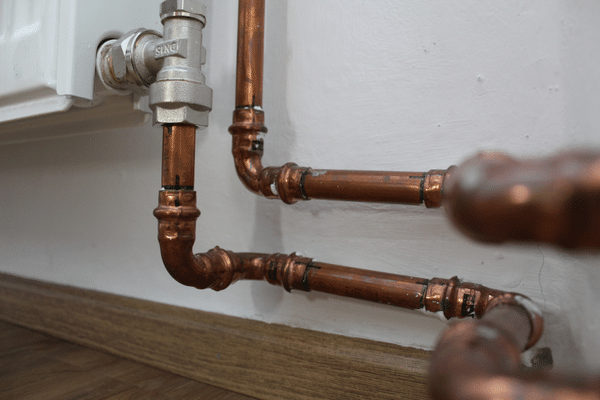Many leaking water pipes in the homes throughout California, MD remain undetected for weeks or months. Most of the time, the leaks are minor and located inside the walls or floors of the house. And unfortunately, even a tiny drop of water will begin to create substantial water damage when hidden for days or weeks. It is only when the water damage becomes significant enough to be seen that most of these hidden or concealed leaks are discovered. Sadly, by then, they have already placed the health of you and your loved ones at risk because it takes only 24 hours for a water leak to promote the growth of toxic black mold.
The Short Course On Mold And Mildew
Mold and mildew are both forms of fungus. However, they have a bit of a different appearance and a couple of different characteristics. But what they have in common is a need for food, moisture, and an environment with temperatures between 41 and 104 degrees.
What makes these fungi hard to control indoors is that most homes offer the prime temperature needed for them to flourish. In addition, they offer all the various materials that mold and mildew are happy to consume, including wood, fabric, paper items, and even paint. The only reason that most homes are not inundated with mold is the lack of necessary moisture. However, when there is a water leak, that third basic need is met, and mold can rapidly multiply.
More About Mildew
Mildew is considered the lesser of the two fungi in terms of health hazards to humans and even domestic pets. It typically has a powdery texture and can range from a light greyish or white to brown. You might find a coating of mildew on a basement wall or floor that is moist or the tiles in your shower. Rarely do these spores cause an allergic reaction unless the person is hypersensitive. And mildew can often be removed using vinegar or a bleach solution.
More About Mold
Mold is the more serious fungi that can create some very hazardous health issues. In just 24 hours, the spores of a mold infestation can be airborne and very difficult to eliminate. The spores contain allergens that trigger reactions in the respiratory system that can be severe. Mold tends to have more vivid color than mildew and can range from green and black to bright red. In addition, mold will have a musty, foul odor. Left untreated, mold can consume wood and drywall, causing significant structural damage to a house.
Symptoms Of A Reaction To Mold And Mildew
Breathing issues are the most common allergic reaction to mold and mildew exposure. The severity can vary significantly from person to person. Those who are severely allergic can suffer life-threatening health complications. Some of the common signs of an allergic reaction to mold and mildew include:
- Red, swollen, or itchy eyes
- Throat and nose irritation
- Skin irritation, itching, or a rash-like appearance
- Sinus congestion
- Coughing and sneezing
- Upper or lower respiratory infection
- Unexplained fatigue
- Fever
- Difficulty breathing
These issues often occur when breathing mold spores but can also arise from physical skin contact. Reactions are sometimes first noticed in pets closer to the contamination on the floor or lower walls.
Taking Action
When you discover mold and mildew due to a water leak, it is essential to call a licensed plumber for an immediate repair. Once the leak is fixed, disinfect the area before water damage is repaired. Call (301) 278-8786 at the first signs of a water leak in your home. The A Better Plumber experts will arrive quickly to locate and repair any hidden leaks.







